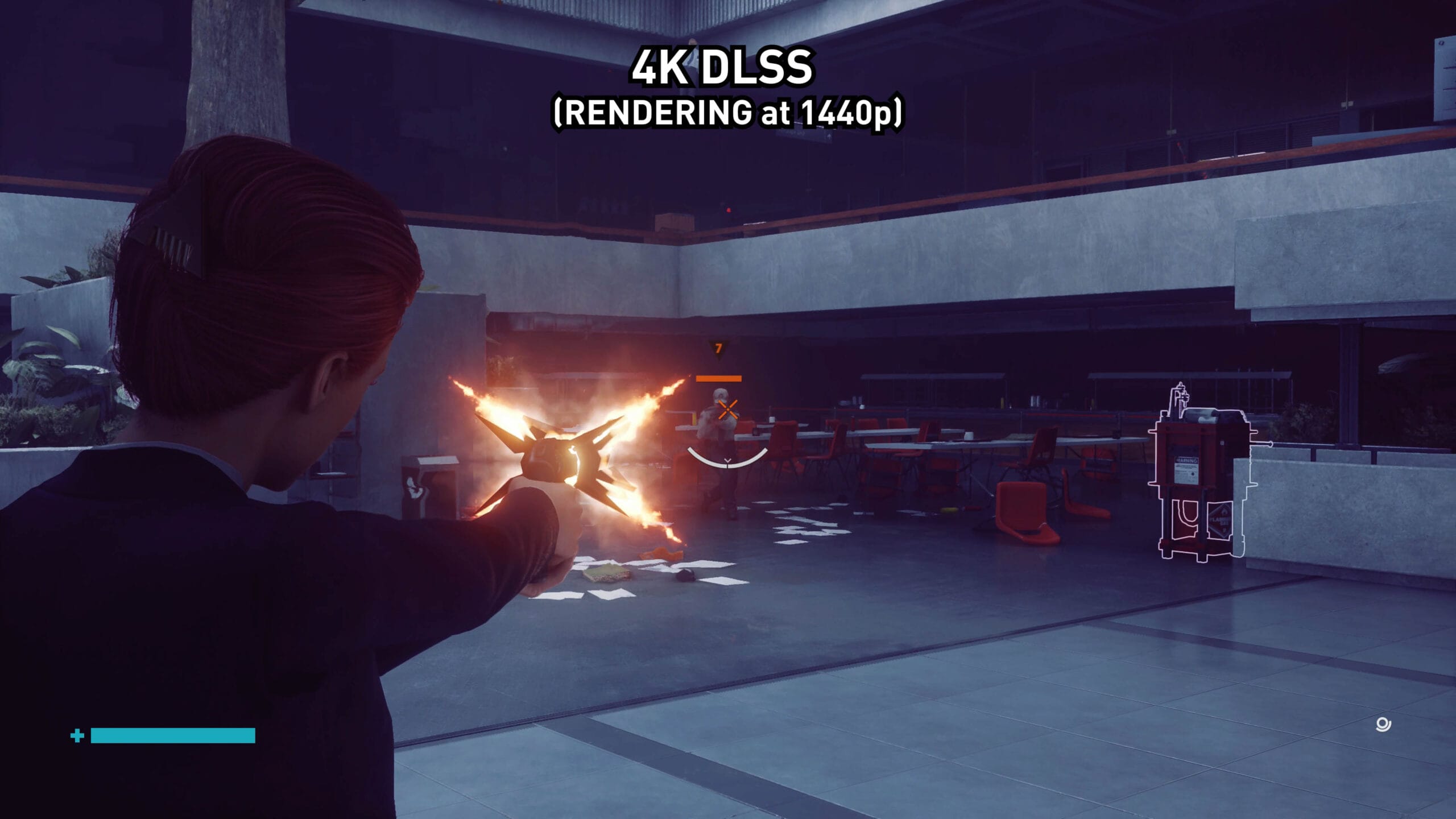Nvidia’s Deep Learning Super Sampling (DLSS) technology has been a game-changer in the realm of graphics rendering, particularly for gamers seeking high performance without sacrificing visual fidelity. With the introduction of DLSS 4, many enthusiasts have been quick to form opinions and assumptions about its capabilities. However, it is essential to approach this technology with a clear understanding, as several myths have emerged that may misrepresent its true nature.
To begin with, DLSS 4 is an evolution of its predecessors, designed to enhance the gaming experience by utilizing artificial intelligence and machine learning. The primary function of DLSS is to upscale lower-resolution images to higher resolutions, allowing for smoother gameplay and improved frame rates. This is particularly beneficial for gamers using high-resolution displays, as it enables them to enjoy visually demanding titles without the need for top-tier hardware.
One common misconception is that DLSS 4 simply acts as a form of traditional upscaling. While it does upscale images, the process is far more sophisticated than conventional methods. DLSS employs neural networks trained on a vast dataset of high-resolution images, allowing it to predict and generate details that may not be present in the original lower-resolution image. This results in a more refined and visually appealing output compared to standard upscaling techniques.
Another myth surrounding DLSS 4 is that it is only beneficial for specific types of games. While it is true that certain genres, such as first-person shooters and open-world games, can see significant improvements in performance and visual quality, DLSS 4 is not limited to these categories. The technology can enhance a wide range of gaming experiences, from role-playing games to strategy titles, making it a versatile tool for developers and players alike.
Furthermore, some gamers believe that enabling DLSS 4 will automatically result in a loss of image quality. This concern stems from the perception that upscaling inherently compromises visual fidelity. However, Nvidia has made significant strides in refining the technology to minimize any potential degradation in image quality. In many cases, players may find that the visual output with DLSS 4 enabled is indistinguishable from native resolution rendering, particularly when viewed in motion.
It is also important to address the notion that DLSS 4 is a one-size-fits-all solution. While the technology is designed to adapt to various gaming scenarios, its effectiveness can vary depending on the specific implementation by developers. Each game may utilize DLSS 4 differently, and the results can be influenced by factors such as the game’s art style, resolution, and the complexity of the scenes being rendered. As a result, players may experience varying levels of improvement depending on the title they are playing.
Another prevalent myth is that DLSS 4 requires an extensive amount of computational power to function effectively. While it is true that the technology benefits from Nvidia’s RTX graphics cards, which feature dedicated Tensor Cores for AI processing, it is not exclusively limited to high-end hardware. Many mid-range GPUs also support DLSS, allowing a broader audience to take advantage of the technology. This accessibility is crucial for expanding the reach of DLSS 4 and enhancing the gaming experience for a wider range of players.
Moreover, some gamers express skepticism about the long-term viability of DLSS technology, fearing that it may become obsolete as hardware continues to advance. However, Nvidia has demonstrated a commitment to evolving DLSS alongside advancements in graphics technology. The company has consistently updated and improved the DLSS framework, ensuring that it remains relevant and effective in the face of changing gaming landscapes.
In conclusion, Nvidia’s DLSS 4 represents a significant advancement in gaming technology, offering players the ability to enjoy high-quality visuals and improved performance. By debunking common myths and misconceptions surrounding DLSS 4, it becomes clear that this technology is not merely a gimmick but a valuable tool for enhancing the gaming experience. As developers continue to integrate DLSS into their titles, players can look forward to a future where high-quality graphics and smooth gameplay are more accessible than ever before.



